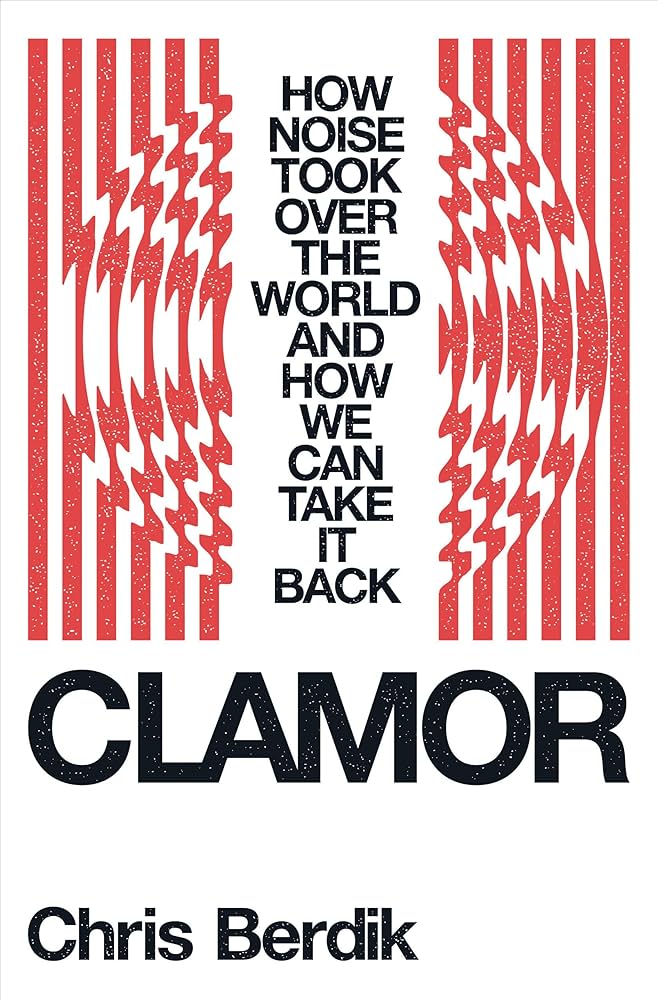Welcome to flaneuring, a newsletter featuring new resources on urban & beyond, insights, and photography.
new resource
Chasing total quiet is nearly impossible, and isn’t always the most effective goal. As Clamor by Chris Berdik points out, noise is more than loudness. Quality, duration, and source matter just as much. Focusing only on decibels can miss the bigger opportunity: creating soundscapes that are balanced, intentional, and worth listening to.

insight
How to make a loud environment quiet? The obvious answer is to reduce whatever noise you can. But in Clamor, Berdik makes a counterintuitive case: sometimes adding sound can actually make a space feel quieter. He cites studies from Montreal and Singapore showing how added sounds improved people’s overall perception of loudness:
“For instance, researchers in the Sounds in the City Lab at McGill University in Montreal, which works with city officials and building professionals to improve urban soundscapes, transformed the vacant site of a former gas station in a dense commercial district into a public square called Fleur de Macadam (Flower of the Asphalt), surrounded on three sides by vehicle traffic. In the summer of 2018, they collaborated with local officials and their contractors to create different temporary versions of this space by arranging seating, tables, planter boxes, and lighting, and testing two distinct sound installations played from speakers perched on lighting poles. One consisted of a sparse mix of nature sounds with percussive and melodic musical elements, and the other included snippets of voices speaking over a background of music and typical urban sounds.
Objectively speaking, the sound compositions added more sound to an already noisy setting, and yet hundreds of surveyed visitors rated both sonically enhanced versions of the square as calmer, more pleasant, and less loud than the place seemed during a control setup when the speakers were turned off. The McGill team replicated these results the following summer, despite the added challenge of loud roadwork going on nearby.
Likewise, researchers in Singapore found that people rated traffic noise as less loud when it was augmented with birdsong or the gurgle of a flowing stream. In a follow-up study, they showed that people in an outdoor seating area near an expressway perceived the traffic as less loud and gave the quality of the soundscape higher marks when birdsong or fountain sounds were added via a loudspeaker or an augmented reality headset.”
snapshots



And very relevantly, one more excerpt from Clamor:
“The fight against noise pollution is further complicated by the fact that there is no straightforward measure of progress, as there is with chemical toxins. While too much noise undeniably harms the health of a community, too much quiet can sometimes be a symptom of deeper trouble. The silence of vacant lots, empty sidewalks, and boarded-up homes and storefronts are the hallmarks of urban blight. In Detroit, both ends of this spectrum can be found within blocks of each other.”
